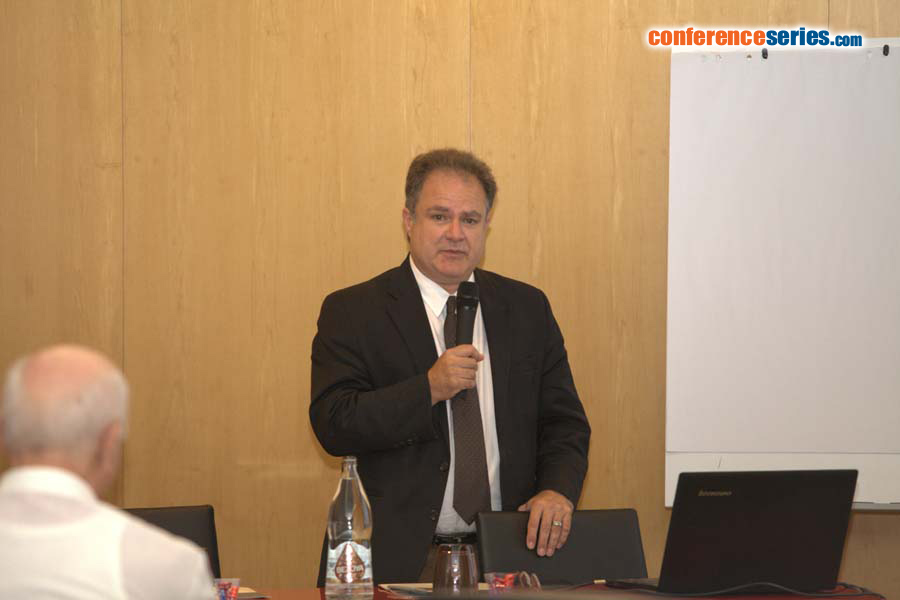
Benjamin K. Malphrus
Morehead State University
USA
Title: A New Era of Planetary Exploration with Small Satellite Platforms
Biography
Biography: Benjamin K. Malphrus
Abstract
A new era of solar system exploration is being ushered in by NASA’s Exploration Mission-1 (EM-1). EM-1 is the maiden voyage of NASA’s Space Launch System (SLS), which when it launches in 2018, will be the most powerful rocket ever built. SLS will support human exploration beyond LEO and will also serve as a platform to launch small satellites as secondary payloads to Earth escape. NASA has selected 13 secondary payloads, to launch on EM-1, all 6U CubeSats that will travel to planetary destinations to perform science investigations that address NASA Strategic Knowledge Gaps. CubeSats are “nanosatellite” class research spacecraft that are built in standardized units. The standard unit (U), is 10 cm × 10 cm × 11 cm, and has a mass of 1.33 kilograms per U. Four lunar EM-1 CubeSats, Lunar Flashlight, Lunar IceCube, LunaH-Map and Skyfire will work together to investigate water ice and other volatiles on the lunar surface. NEA-Scout will rendezvous with a near Earth asteroid to investigate its composition, geology, volatile resources and orbit dynamics. Biosentinel will investigate the effect of the deep space environment on biological systems. The manifest will include two JAXA CubeSats, EQUULEUS and OMOTENASHI, an ESA and Italian Space Agency CubeSat- ArgoMoon, and two CubeSats to be selected from NASA’s CubQuest challenge. A variety of enabling technologies including electric propulsion, solar sail technologies, miniature science instruments, radiation tolerant processors, precise attitude control systems, compact ranging transponders and high data rate communication systems will be demonstrated by these missions. Innovative low energy manifold trajectories will be employed to allow the spacecraft to travel to deep space destinations with limited propellant mass and constrained delta-v. The 13 secondary payloads to be deployed on EM-1, including Lunar IceCube, will usher in a new era of solar system exploration with small satellite platforms.







